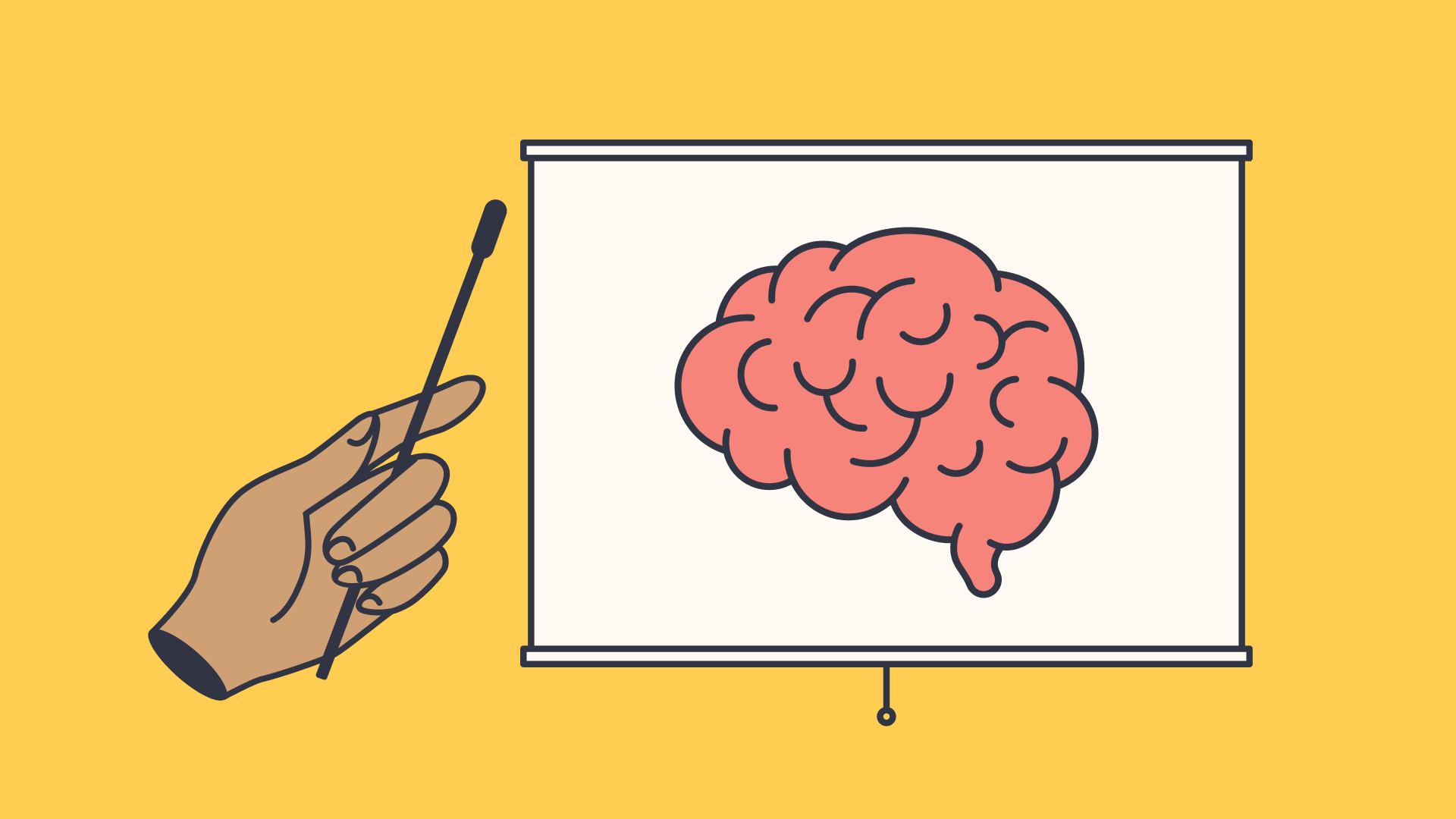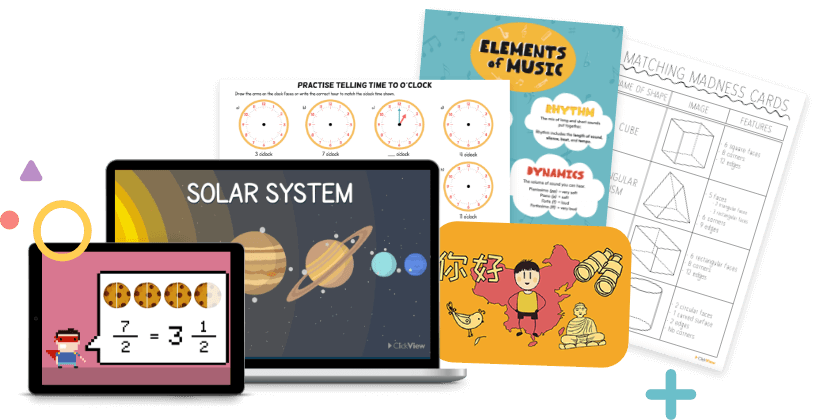What is classroom management?
Classroom management is a broad term. It refers to a range of preventative and reactive strategies teachers can use within their classrooms to help create an effective learning and teaching environment. In the first instance, classroom management aims to minimise disruptions. Effective classroom management encourages students to be engaged in learning, and work towards positive learning outcomes. However, it can be a complex area and is often challenging for early career teachers.
Classroom management and student learning are linked. A positive and well-managed classroom supports students to learn and reach their potential, while a chaotic classroom lacking structure and support does not. There is a range of classroom management strategies teachers can use to help create structure and safe space for students to actively participate.
Latest Classroom Management posts
Why is classroom management important?
When carried out effectively, classroom management can help provide a positive environment for students to learn and teachers to teach. Overall, this can mean fewer disruptions and less class time spent addressing behaviour management issues.
Preventing disruption in the classroom is just the first step in effective classroom management. The second is maximising learning outcomes by ensuring students are engaged and actively involved in the learning process. This is because students can be compliant in class, while still being disengaged which may reflect poorly on their academic performance.


Effective classroom management strategies
Classroom management is most effective when teachers use a combination of preventative and responsive strategies proactively. Preventative strategies create and foster an engaging classroom environment with minimal disruption. Reactive strategies address and correct disruptive behaviours to help students re-engage.
An effective classroom environment comprises structure, instruction, and discipline. Structure encompasses organisational practices, procedures and routines, such as classroom furniture setup or seating plans. Instruction refers to an engaging way of teaching that minimises disruptions and includes various strategies and methods. Discipline involves guiding students to manage their feelings and behaviour.










